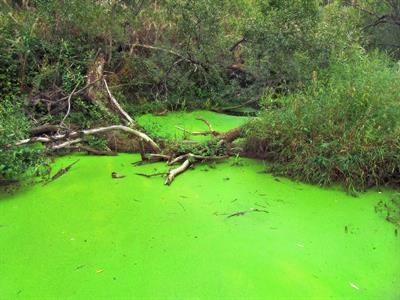
PUMPA - SMART LEARNING
எங்கள் ஆசிரியர்களுடன் 1-ஆன்-1 ஆலோசனை நேரத்தைப் பெறுங்கள். டாப்பர் ஆவதற்கு நாங்கள் பயிற்சி அளிப்போம்
Book Free DemoThe iodine test is used to test for the presence of starch. Starch turns into an intense 'blue-black' colour upon adding aqueous solutions of the tri-iodide anion.
To prove this, first, let's have two healthy potted plants. Remember that they should be the same type.
Steps followed:
- Give numbers to your potted plants.
- Keep the number one potted plant in the darkroom for a couple of days. Keeping the plant in the darkroom will remove all the starch from the leaves.
- Keep the number two potted plant in sunlight.
- After a couple of days, take one leave from each of the plants, and put a few drops of iodine solution on the leaves.
- Observe the colour of the leaves.
Observation:
- Blue-black colour is not observed on the leave of plant number one (that kept in the dark room). It indicates the absence of starch.
- Leaf of the number two plant (that kept in sunlight) turns blue-black colour. It indicates the presence of starch.
Presence of starch in a plant can also be detected experimentally in a laboratory instantly. This test is also an iodine test to know the presence of starch in the leaf. The chlorophyll is removed from the leaf by boiling it in alcohol. And, then two drops of iodine solution is added to it. We can notice that the colour of the leaf changes to blue-black, indicating the presence of the starch.
Iodine test experiment
Important!
Info bit:
Have you ever noticed green colour slimy patches in ponds or on the wet walls of old buildings?

Algae in a pond
These green patch formation is due to an organism called as algae. The green colour of the organism is due to the presence of the pigment chlorophyll which also helps the organism to prepare their own food by the process of photosynthesis.
Reference:
https://pixabay.com/photos/pond-green-alga-algae-environment-864600/